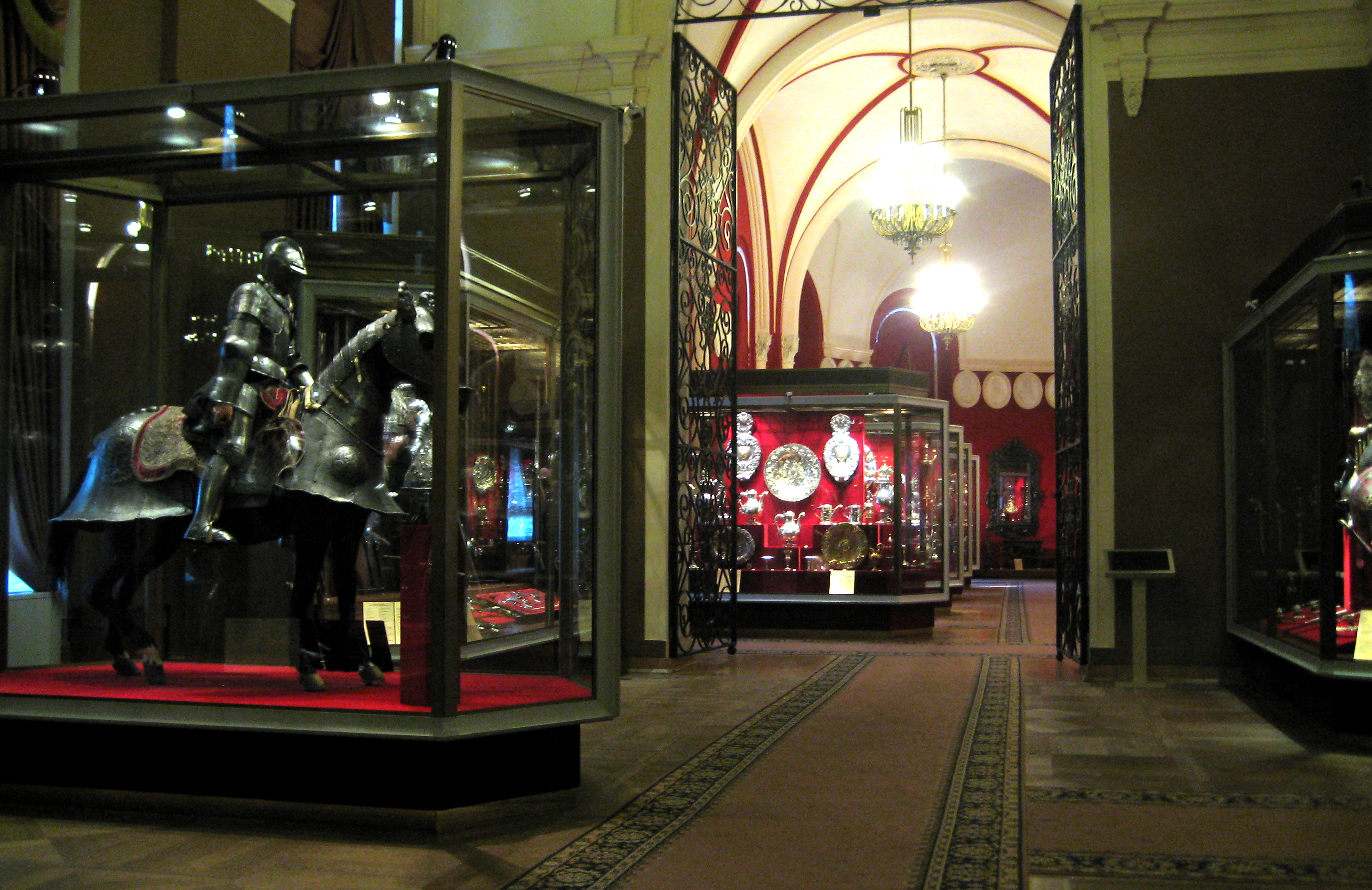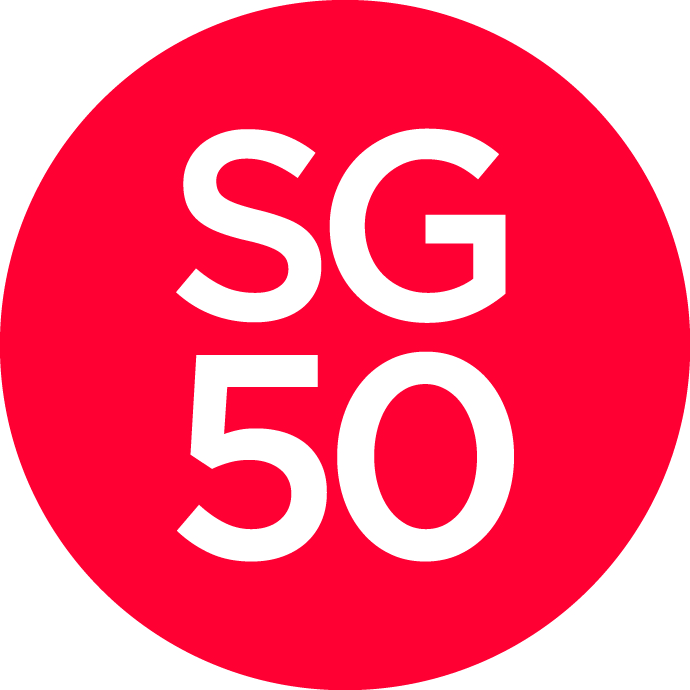|
Order Of The National Coat Of Arms
The Order of the National Coat of Arms ( et, Riigivapi teenetemärk, french: Ordre du Blason National) was instituted by Konstantin Päts on 7 October 1936 to commemorate 24 February 1918, the day on which Estonian independence was declared. The Order of the National Coat of Arms is bestowed only on Estonian citizens, as a decoration of the highest class for services rendered to the state. Classes The Order of the National Coat of Arms comprises six classes: * One special class – the Collar of the Order of the National Coat of Arms; * Five basic classes – 1st, 2nd, 3rd, 4th and 5th class. The greater national coat of arms as part of the decorations of all the classes of the Order of the National Coat of Arms, goldplated on both sides, bears on its reverse the embossed date "24. II 1918". The colour tone of the blue moiré ribands belonging to the decorations of all the classes of the Order of the National Coat of Arms is determined according to the international PANTONE colou ... [...More Info...] [...Related Items...] OR: [Wikipedia] [Google] [Baidu] |
Estonia
Estonia, formally the Republic of Estonia, is a country by the Baltic Sea in Northern Europe. It is bordered to the north by the Gulf of Finland across from Finland, to the west by the sea across from Sweden, to the south by Latvia, and to the east by Lake Peipus and Russia. The territory of Estonia consists of the mainland, the larger islands of Saaremaa and Hiiumaa, and over 2,200 other islands and islets on the eastern coast of the Baltic Sea, covering a total area of . The capital city Tallinn and Tartu are the two largest urban areas of the country. The Estonian language is the autochthonous and the official language of Estonia; it is the first language of the majority of its population, as well as the world's second most spoken Finnic language. The land of what is now modern Estonia has been inhabited by '' Homo sapiens'' since at least 9,000 BC. The medieval indigenous population of Estonia was one of the last " pagan" civilisations in Europe to adopt Ch ... [...More Info...] [...Related Items...] OR: [Wikipedia] [Google] [Baidu] |
Kremlin Armoury
The Kremlin Armoury,Officially called the "Armou/ory Chamber" but also known as the cannon yard, the "Armou/ory Palace", the "Moscow Armou/ory", the "Armou/ory Museum", and the "Moscow Armou/ory Museum" but different from the Kremlin Arsenal. (russian: Оружейная палата) is one of the oldest museums of Moscow, located in the Moscow Kremlin, now a part of Moscow Kremlin Museums. The Kremlin Armory (military), Armoury originated as the royal arsenal in 1508. Until the transfer of the court to St Petersburg, the Armoury was in charge of producing, purchasing and storing weapons, jewelry and various household articles of the tsars, and valuables stolen from occupied countries. The finest Muscovite gunsmiths (the Vyatkin brothers), jewelers (Gavrila Ovdokimov), and painters (Simon Ushakov) used to work there. In 1640 and 1683, they opened the iconography and pictorial studios, where the lessons on painting and handicrafts could be given. In 1700, the Armoury was enriche ... [...More Info...] [...Related Items...] OR: [Wikipedia] [Google] [Baidu] |
Awards Established In 1936
An award, sometimes called a distinction, is something given to a recipient as a token of recognition of excellence in a certain field. When the token is a medal, ribbon or other item designed for wearing, it is known as a decoration. An award may be described by three aspects: 1) who is given 2) what 3) by whom, all varying according to purpose. The recipient is often to a single person, such as a student or athlete, or a representative of a group of people, be it an organisation, a sports team or a whole country. The award item may be a decoration, that is an insignia suitable for wearing, such as a medal, badge, or rosette (award). It can also be a token object such as certificate, diploma, championship belt, trophy, or plaque. The award may also be or be accompanied by a title of honor, as well as an object of direct value such as prize money or a scholarship. Furthermore, an honorable mention is an award given, typically in education, that does not confer the recipient(s ... [...More Info...] [...Related Items...] OR: [Wikipedia] [Google] [Baidu] |
Orders, Decorations, And Medals Of Estonia
Estonian state decorations, their classes and descriptions, as provided by the State Decorations Act passed in the Riigikogu on 11 December 1996. Medals * Commemorative Medal for the Estonian War of Independence * Protection of Natural Amenities Medal The Protection of Natural Amenities Medal ( et, Looduskaitsemärk) was an Estonian award conferred to the trustees of Protection of Natural Amenities and other persons who are distinguished in the work of nature protection. Statutes of this awar ... External links Estonian state decorations {{orders-medals-stub ... [...More Info...] [...Related Items...] OR: [Wikipedia] [Google] [Baidu] |
State Decoration
A state decoration is an object, such as a medal or the insignia of an Order (distinction), order, that is awarded by a sovereign state to honor the recipient. The term includes: *Civil awards and decorations *Military awards and decorations See also * State order * List of military decorations * List of civil awards and decorations Orders, decorations, and medals Public administration {{Orders-medals-stub ... [...More Info...] [...Related Items...] OR: [Wikipedia] [Google] [Baidu] |
Coat Of Arms Of Estonia
The coat of arms of Estonia is a golden shield which includes a picture of three left-facing blue lions with red tongues in the middle, with golden oak branches placed on both sides of the shield. The insignia derive(s) from the coat of arms of Denmark, which ruled northern Estonia in the 13th-14th centuries and parts of western Estonia in the 16th-17th century. Description The coat of arms of Estonia depicts a golden shield, which includes three slim blue ''lions passant gardant'' with red tongues in the middle and golden oak branches along both sides of the shield. The lesser coat of arms lacks these oak branches. The Estonian national emblem of three lions originate from the arms of Danish king Valdemar II who conquered northern Estonia in 1219. The lions became part of the greater coat of arms of Tallinn (Reval), the centre of Danish government in Estonia, and the fiefdoms ( German: ''Ritterschaften'') of Harria and Viru. In 1346, Denmark sold its Estonian dominion to ... [...More Info...] [...Related Items...] OR: [Wikipedia] [Google] [Baidu] |
Estonian State Decorations
Estonian state decorations, their classes and descriptions, as provided by the State Decorations Act passed in the Riigikogu on 11 December 1996. Medals * Commemorative Medal for the Estonian War of Independence * Protection of Natural Amenities Medal The Protection of Natural Amenities Medal ( et, Looduskaitsemärk) was an Estonian award conferred to the trustees of Protection of Natural Amenities and other persons who are distinguished in the work of nature protection. Statutes of this awar ... External links Estonian state decorations {{orders-medals-stub ... [...More Info...] [...Related Items...] OR: [Wikipedia] [Google] [Baidu] |
:Category:Recipients Of The Order Of The National Coat Of Arms ...
{{DEFAULTSORT:National Coat of Arms, Order of Coat of Arms A coat of arms is a heraldry, heraldic communication design, visual design on an escutcheon (heraldry), escutcheon (i.e., shield), surcoat, or tabard (the latter two being outer garments). The coat of arms on an escutcheon forms the central ele ... [...More Info...] [...Related Items...] OR: [Wikipedia] [Google] [Baidu] |
Moscow Kremlin
The Kremlin ( rus, Московский Кремль, r=Moskovskiy Kreml', p=ˈmɐˈskofskʲɪj krʲemlʲ, t=Moscow Kremlin) is a fortified complex in the center of Moscow founded by the Rurik dynasty. It is the best known of the kremlins (Russian citadels), and includes five palaces, four cathedrals, and the enclosing Kremlin Wall with Kremlin towers. In addition, within this complex is the Grand Kremlin Palace that was formerly the Tsar's Moscow residence. The complex now serves as the official residence of the President of the Russian Federation and as a museum with almost 3 million visitors in 2017. The Kremlin overlooks the Moskva River to the south, Saint Basil's Cathedral and Red Square to the east, and the Alexander Garden to the west. The name "''Kremlin''" means "fortress inside a city", and is often also used metonymically to refer to the government of the Russian Federation. It previously referred to the government of the Soviet Union (1922–1991) and its high ... [...More Info...] [...Related Items...] OR: [Wikipedia] [Google] [Baidu] |
President Of Estonia
The president of the Republic of Estonia ( et, Eesti Vabariigi President) is the head of state of the Republic of Estonia. The current president is Alar Karis, elected by Parliament on 31 August 2021, replacing Kersti Kaljulaid. Estonia is one of the few parliamentary republics in which the president is a ceremonial figurehead without even nominal executive powers. The president is obliged to suspend their membership in any political party for the term in office. Upon assuming office, the authority and duties of the president in all other elected or appointed offices terminate automatically. These measures should theoretically help the president to function in a more independent and impartial manner. The president holds office for five years. They may be elected any number of times, but not more than twice consecutively. In Estonia, the president is elected by the Riigikogu; [...More Info...] [...Related Items...] OR: [Wikipedia] [Google] [Baidu] |
Cross Of Liberty (Estonia)
The Cross of Liberty () was a medal established by then Prime Minister of Estonia, Konstantin Päts, on 24 February 1919 to honor people for their services during the Estonian War of Independence and conferred in three grades, each in three classes. Grade I was for military leadership, Grade II for personal courage, and Grade III for civilian service. Grade and class is attached to the name of recipient in the form of post-nominal letters. The 1st class of II grade was never conferred. Although still mentioned in the list of Estonian state decorations by the president of the republic, bestowal of the Cross of Liberty was terminated on 19 June 1925. The last surviving recipient of the Cross of Liberty was Karl Jaanus VR II/3, who died on 6 October 2000. The War of Independence Victory Column in Tallinn, opened in 2009, is modelled after the Cross of Liberty. Design The designer of the Cross of Liberty was the famous Estonian artist Peet Aren. He used Grand Master of the Teutoni ... [...More Info...] [...Related Items...] OR: [Wikipedia] [Google] [Baidu] |
PANTONE
Pantone LLC (stylized as PANTONE) is a limited liability company headquartered in Carlstadt, New Jersey. The company is best known for its Pantone Matching System (PMS), a proprietary color space used in a variety of industries, notably graphic design, fashion design, product design, printing and manufacturing and supporting the management of color from design to production, in physical and digital formats, among coated and uncoated materials, cotton, polyester, nylon and plastics. X-Rite, a supplier of color measurement instruments and software, purchased Pantone for US$180 million in October 2007, and was itself acquired by Danaher Corporation in 2012. Overview Pantone began in New Jersey in the 1950s as the commercial printing company of brothers Mervin and Jesse Levine, M & J Levine Advertising. In 1956, its founders, both advertising executives, hired recent Hofstra University graduate Lawrence Herbert as a part-time employee. Herbert used his chemistry knowledge to systema ... [...More Info...] [...Related Items...] OR: [Wikipedia] [Google] [Baidu] |






